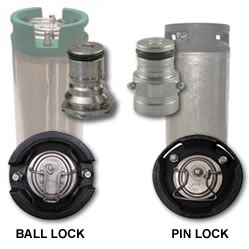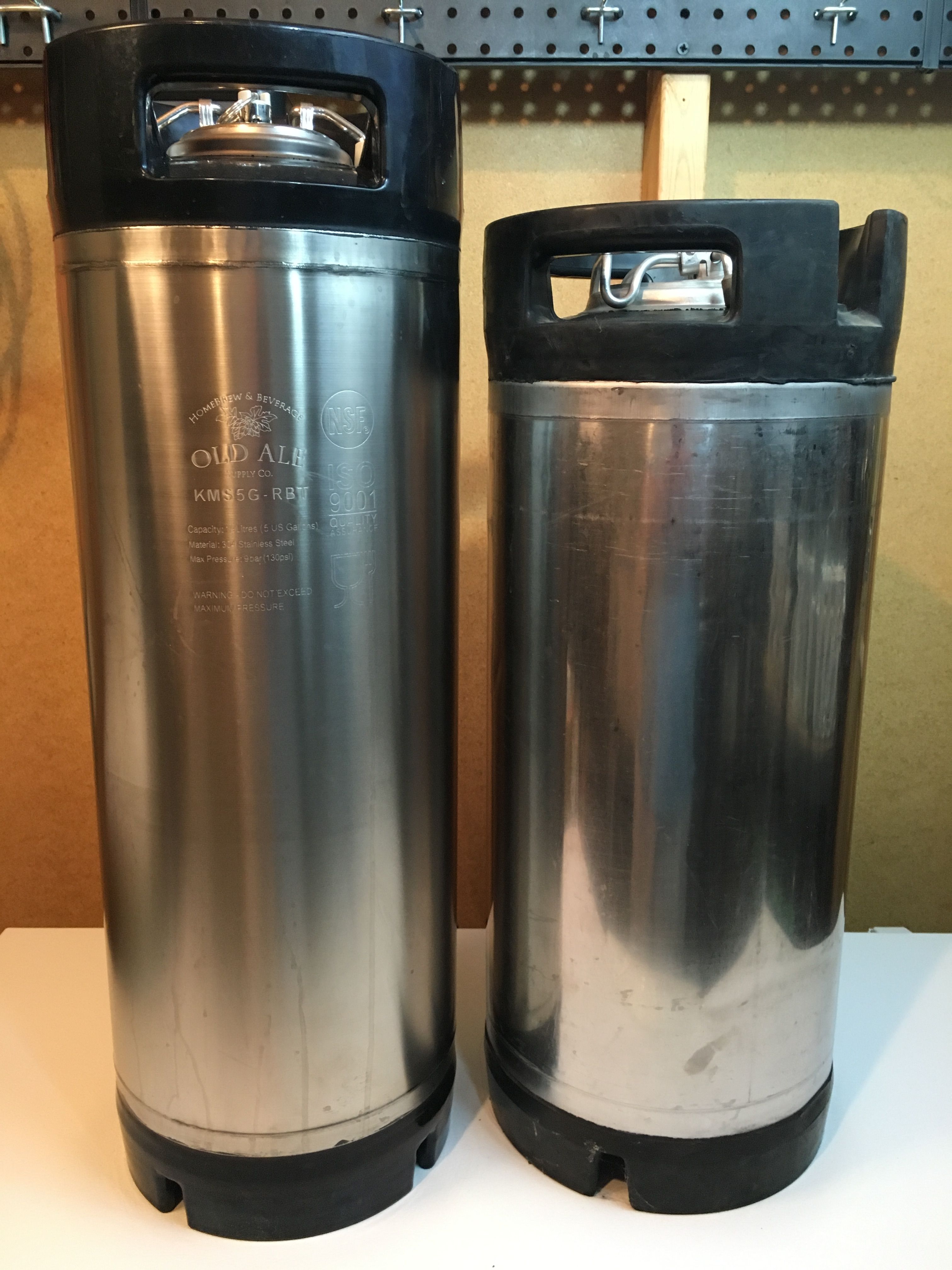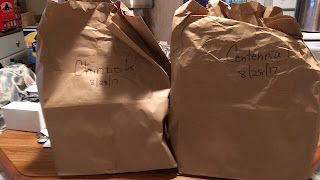I was really hoping to have a brew day post or two ready to go by now. I have everything I need to brew five gallon,
all-grain batches in a
reasonable period of time now that we have our own home with a yard. On brew day I realized I was missing one critical component, a place to attach a hose. I bought the only house I have ever seen with no hose bib outside. The kitchen faucet wouldn't even take a hose adapter. With no way to chill five gallons of wort, anything other than extract is out of the question until I get that hose bib installed. Seems like as good of a time as any to reflect on three months working for
Muntons.
In the time I accepted the position with Muntons until I actually started, I read Brewers Publications book on
Malt cover to cover. As part of my on-boarding with Muntons I participated in live Skype training sessions with the people at the maltings in the UK. The brewers and maltsters went into great detail on the malting process and Muntons various products.
In everything I have ever sold I was a product knowledge expert. The customers I was working with were usually counting on me to educate them on the product. I have been working in sales since I finished college, but selling malt to brewers is completely different than selling cars, electronics, or insurance.
As many batches as I have brewed at home, or beers I have tasted, a professional brewer is going to know, or at least think they know, more about beer and ingredients than I do. If I compared my homebrewing to what these people do every day I could easily sound like a sports talk radio caller that compares his experience in Little League or high school to the pros. That guy always sounds like an idiot.
Every brewer approaches malt a little differently. Some brewers are married to particular malts, while others will switch malts just because one was cheaper. I had the owner of one brewery that has been open for over 20 years switch from our
Propino Pale Ale malt to US 2-row, and then ask me on the phone why our malt is more expensive. After mentioning yields, degrees of modification, and flavor, I also mentioned how our malt has the added expense of coming to America on a boat.
I suspect that owner knew that I was new and was just testing me. When I met him in-person he told me that he felt Muntons' competitors had been more aggressive trying to earn his business and that he wasn't enough of a priority. The owner even said that price wasn't everything. I think I built up enough rapport with him that I have a chance to win him back next year.
What I've learned is how important relationships are. I left a bunch of Muntons caps with one of our larger customers. The head brewer emailed me back to say his guys loved the hats. I made it a point to visit one local brewery owner at the Great American Beer Festival. I met him at his brewery. He had used our products when he worked at another brewery, but isn't in a position to buy anything from us now. Still, when I saw him he recognized me as the Muntons guy. He asked if I had any t-shirts. I didn't then, but will be sure to bring one next time I am near his brewery.
On our sales call last week my boss reiterated when a brewer offers beer to take the beer. Often brewers are too busy or disinterested to give you that time. When I do have that opportunity, it is easy for me to nerd out with a brewer as we both try the same beer. That's usually when I try to sprinkle in my beer knowledge and talk more about Muntons.
This week I am flying to Buffalo, NY to meet with an existing client. While I am in town I plan to spend a day knocking on doors, and another day in Rochester, NY doing the same thing. If I am lucky I'll get a couple of decent leads. If I know who to ask for next time I am in the area, that's a win. If I had a chance to build any type of rapport during my first visit even better. Maybe they will remember the 'Muntons guy'!
I think that is where outside sales, and selling to business is different from inside sales to the public. Yes, follow up is important in any type of sales, but your best chance of closing someone you have on the phone or at your store is when that person is on the line or in front of you. I know when salespeople call me I avoid them like the plague. With malt, even when a customer says they are going to buy from you it could be weeks, months or never. My job is to keep showing up until they do.
"80 percent of success is just showing up" —Woody Allen
That one line is basically what I do.
Like The Would-be Brewmaster on
Facebook



































